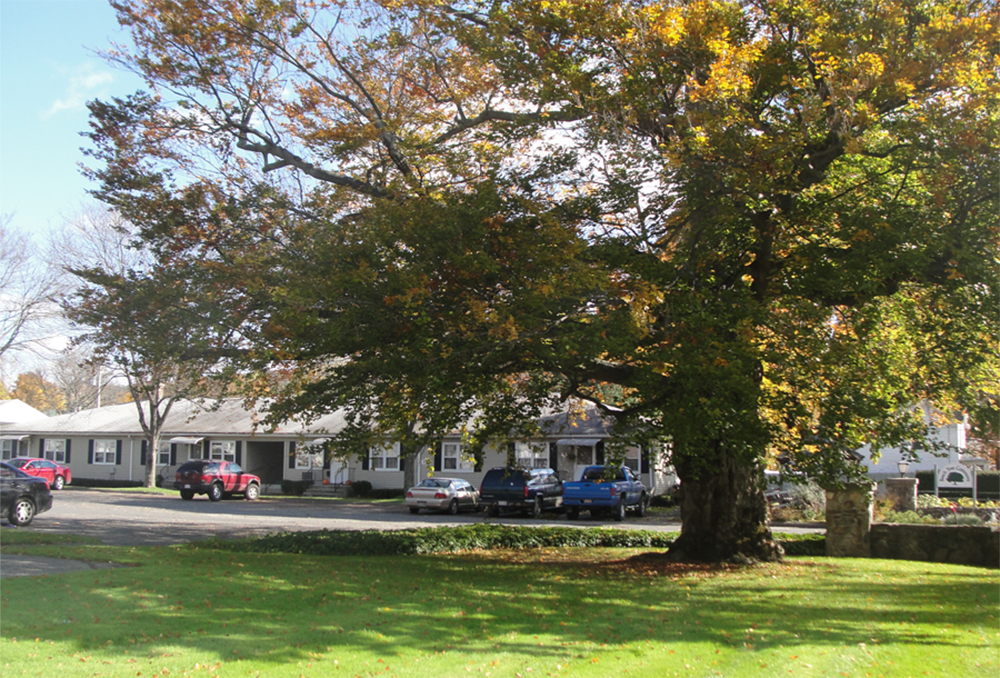News: Appraisal & Consulting
Posted: June 13, 2013
One property should result in a close range of appraised value
The Uniform Standards of Professional Appraisal Practice (USPAP) defines an appraisal as an opinion of value, and also as the act or process of developing an opinion of value. USPAP defines an appraiser as an individual who is expected to perform valuation services competently and in a manner that is independent, impartial and objective. It would seem reasonable to expect that two competent appraisers, operating under the same intended use and scope of work, acting independently, impartially and objectively, would be able to appraise the same property as of the same date and would arrive at conclusions and opinions of value that should fall within a fairly narrow range. A difference greater than 100% is not a fairly narrow range.
I recently had the opportunity to read two appraisal reports concerning a 15,000 s/f commercial site improved with a single-tenant retail property located in New England (the specifics are not generally pertinent to this article, except it should be noted that the particular property can be considered a specialized use that requires a permit that can be difficult to obtain). The appraisers' identities and their intended users were redacted from each report. The property owner has leased the land to a tenant. The tenant owns the improvements to the site. The intended use of the appraisals was to establish a current market rental value for the land only. Both reports were well written and addressed all of the relevant information with sufficient detail to inform the intended users. Both appraisers agreed on the highest and best use. In fact, both appraisals were in agreement through the highest and best use. The appraisals did differ when it came to the comparables and the analysis. Appraiser A chose to analyze the property based upon comparable land sales. Appraiser B chose improved properties as a basis for analysis. Neither appraiser utilized land rents.
Either approach can form an acceptable basis for the analysis. Approaching the valuation problem from the land up would require comparable land sales that included permits in place, similar to the subject. It is possible to find land sales that included permits, but they are rare. Approaching the valuation problem from the improvements down requires the utilization of comparable improved properties. Those are a bit easier to find.
Appraiser A described and analyzed three land sales and two current land offerings ranging in size from 10,000 s/f to 70,000 s/f. Beyond the differences in land area, these sales and offerings were purchased for uses that differed greatly from the subject property, including multi-family and office development. Two of the properties considered comparable were located in the same community as the subject, and were nearly the same size as the subject. These two properties also presented the most similar utility as the subject. They presented value indications at the bottom of the range. The range was from $40 per s/f to $150 per s/f. Appraiser A concluded to a value just above the middle of the range. Appraiser A then added an amount for the value of the permits in place at the subject.
Appraiser B described and analyzed six sales of improved properties ranging in size from 7,000 s/f to 25,000 s/f. The improvements and uses of these six sales were similar to the subject's. The sales presented a range of values from $35 per s/f of land, including improvements, to $80 per s/f of land, including improvements. Appraiser B concluded to a value just above the middle of the range for the property, as improved. Appraiser B then deducted the depreciated value of the improvements to arrive at an indication of the value of the land only. This indication included any value associated with the existing permits.
One property, one date of value and one intended use should result in a fairly narrow range of appraised value, unless two appraisers approach it from opposite perspectives.
Mark Reenstierna is president of T. H. Reenstierna, LLC, Arlington, Mass.
Tags:
Appraisal & Consulting
MORE FROM Appraisal & Consulting
Boyle of Chozick Realty negotiates $7.95m sale of 66-unit property
Barrington, MA Tom Boyle of the Hartford, CT office of Chozick Realty has completed the marketing and sale of the 66-unit Beechtree Commons Apartments for $7.95 million or $120,454 per unit.






.png)
